$1,765 2Q 2024
-1.9%
93.6% 2Q 2024
-20 BASIS POINTS
3,795 [YTD: 7,101]
2,427 [YTD: 6,673]
QUARTERLY DEMAND
QUARTERLY COMPLETIONS
In a striking reversal of a trend persisting for eight quarters, the Orlando multifamily market saw net absorption surpass the influx of new units in the second quarter of 2024. The disparity between demand and supply was substantial, with demand exceeding new supply by nearly 1,400 units in the most recent quarter. Notably, renter demand was heavily concentrated in the I Drive Orlando and Southwest Orlando submarkets, which recorded impressive net absorption figures of 992 and 822 units, respectively in the second quarter of 2024. This significant shift is indeed noteworthy, yet for the market to effectively absorb the considerable supply overhang accumulated over the previous two years, demand will need to sustain these levels in the short term.
Orlando’s development pipeline remains among the most robust in the nation, with approximately 13,800 new units delivered in the trailing 12-month period ending with the second quarter of 2024. As of July 1st, an additional 16,500 units are under construction, predominantly comprising higher-tier units, where the competition for tenants is intense. Much of the new construction is concentrated outside the urban core, particularly in the I-Drive submarket. This expansive corridor, a hub for both employment and tourism, has also emerged as an epicenter for population growth in recent years.
The gap between supply and demand is steadily narrowing as apartment demand in Orlando has rallied in the first half of 2024. Over 50% of all renter demand in the past 12 months has been concentrated in the I-Drive and Lake Nona submarkets, which are also significant centers of apartment construction activity. Despite this, the overall average occupancy rate for Orlando in the second quarter of 2024 was 93.6%, reflecting a slight decrease of 20 basis points from the previous year, due to an overhang of new supply from 2023. However, the resurgence in rental demand during the second quarter of 2024 boosted the average occupancy rate by 10 basis points quarter over quarter, signaling a positive trend for the Orlando multifamily market.
Properties at the higher end of the quality spectrum may continue to experience pressure, as 80% of the current apartment construction pipeline is targeted at this segment. Nevertheless, demand is expected to remain robust, driven by Orlando’s appeal to transplants from the northeast and Miami. This influx is anticipated to sustain and enhance rental demand well into the future.
Year-over-year rent growth in the Orlando market continued to decline in the second quarter of 2024, dropping by 1.9% annually. This marks the fifth consecutive quarter of negative annual rent growth. However, this figure also represents a 170-basis point improvement compared to the end of 2023. Throughout the first half of 2024, momentum has been building to reverse this downward trend, with demand outpacing new supply—a positive development for owners and operators. If rental demand continues on this trajectory, we are likely to witness a return to positive rent growth by the end of 2024, potentially in the range of 1% to 2%. Moreover, a more significant pace of growth, between 3% and 4%, could be achievable in 2025.
The pace of rent growth varies significantly across different property classes. Luxury properties have seen the sharpest deceleration over the past year, with annual rent growth falling by 200 basis points. Mid-range properties are not far behind, experiencing a decrease of 190 basis points over the same period. Meanwhile, rents in lower-tier workforce properties have shown negligible change during this time.
Average Monthly Mortgage Payment
Average Monthly Rent
As of mid-2024, the total value of individual conventional multifamily transactions in Orlando reached approximately $450 million, reflecting a 26% decrease compared to the same period in 2023, although the number of transactions remained consistent at 12 for both periods. Institutional capital has continued its cautious stance, constituting about 12% of the buyer pool in the Orlando market so far in 2024. This marks a significant drop from previous years, where institutional buyers typically constituted around 30% of the buyer pool.
In contrast, cross-border buyers have shown increased activity in 2024, representing approximately 19% of the buyer pool, a notable increase from their historical average of around 9%. This healthy uptick underscores Orlando’s appeal to international investors. Private buyers constitute the remainder of the buyer pool, continuing to play a significant role in the Orlando market.
*Most Active Buyers and Sellers are based on the sale volume of apartment units.
* Trailing 4Q average PPU
* Preliminary Data from RCA – Individual transaction $2.5M +
|
Under 35 Years
|
35 to 44 Years
|
45 to 54 Years
|
55 to 64 Years
|
65 to 74 Years
|
75 to 84 Years
|
85 Years & over
|
|---|---|---|---|---|---|---|
|
0.5%
|
-0.4%
|
-0.5%
|
0.3%
|
0.2%
|
0.4%
|
0.0%
|
The under-35 age group is the fastest-growing renter demographic in the Orlando metro area, registering a 0.5% increase from 2019 to 2022. This trend indicates a rising demand for rental housing that appeals to a population prioritizing proximity to entertainment venues and employment opportunities.
Orlando’s market outlook for the remainder of 2024 appears promising, with expectations of a continued narrowing in the supply-demand gap that should shift rent growth into positive territory by year-end and foster more significant growth by 2025. Despite projections that occupancy rates may hover around the 93% mark in the near term, demand is anticipated to remain robust. This optimistic forecast is underpinned by ongoing strong in-migration, moderated rent increases, and high interest rates that maintain homeownership as an elusive goal for many. Orlando’s population growth, among the fastest in Florida, saw a 1.8% increase in 2023, with roughly two-thirds of this growth attributed to net in-migration.












